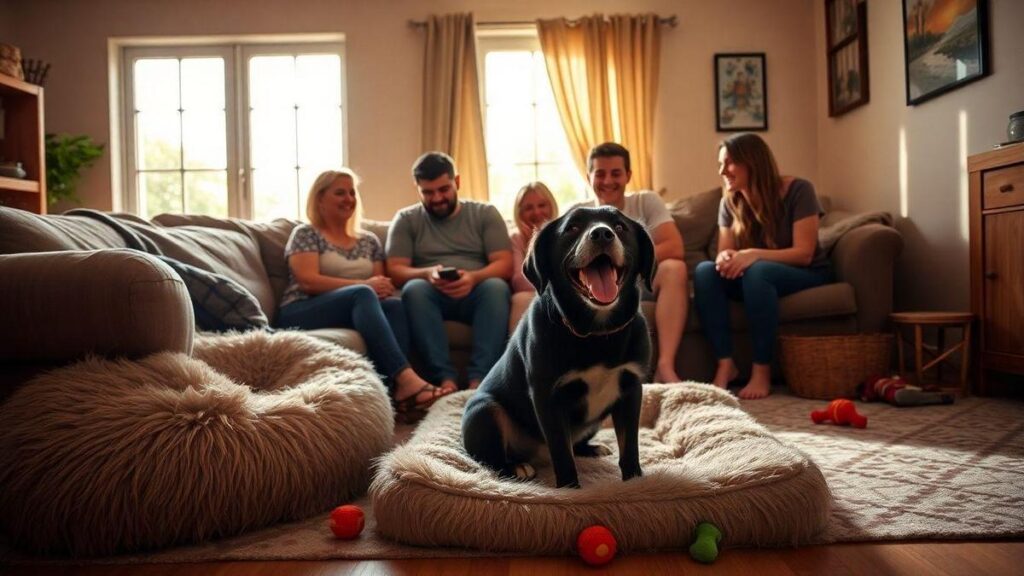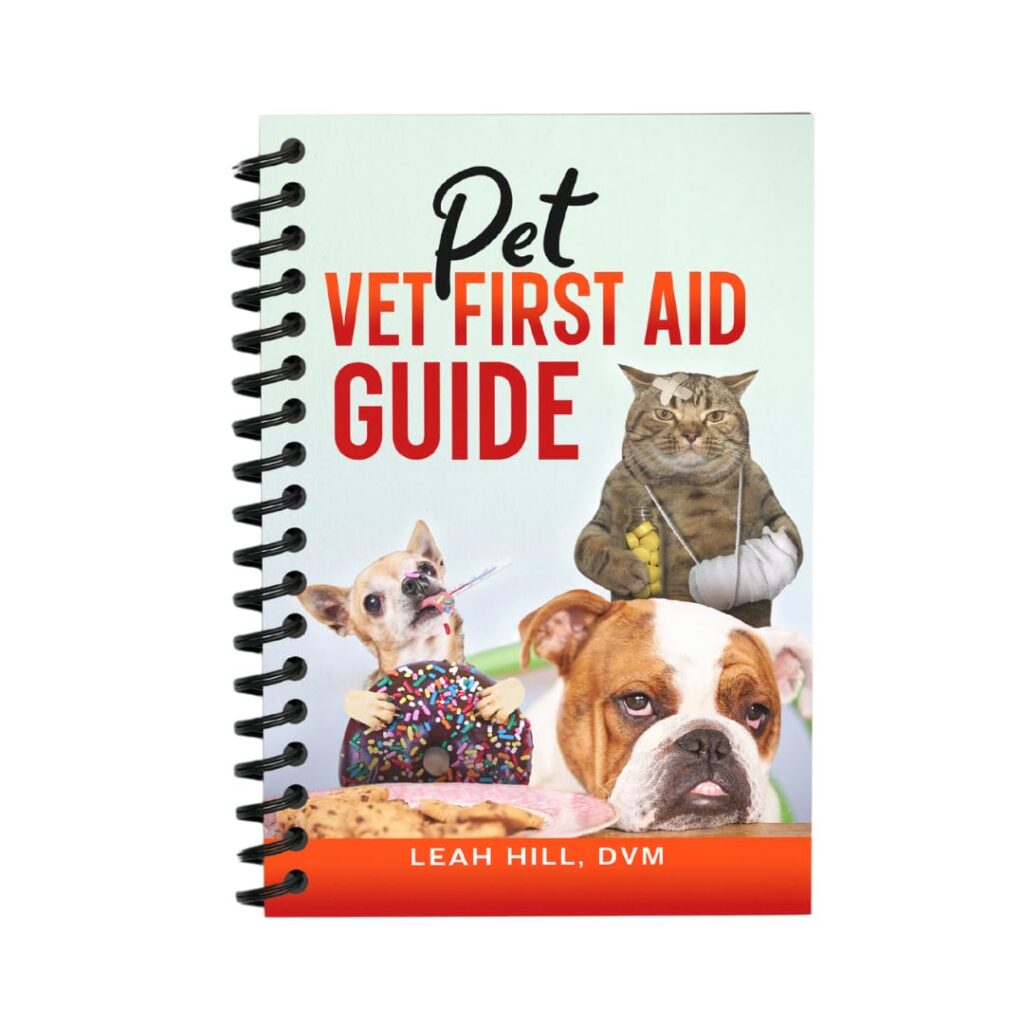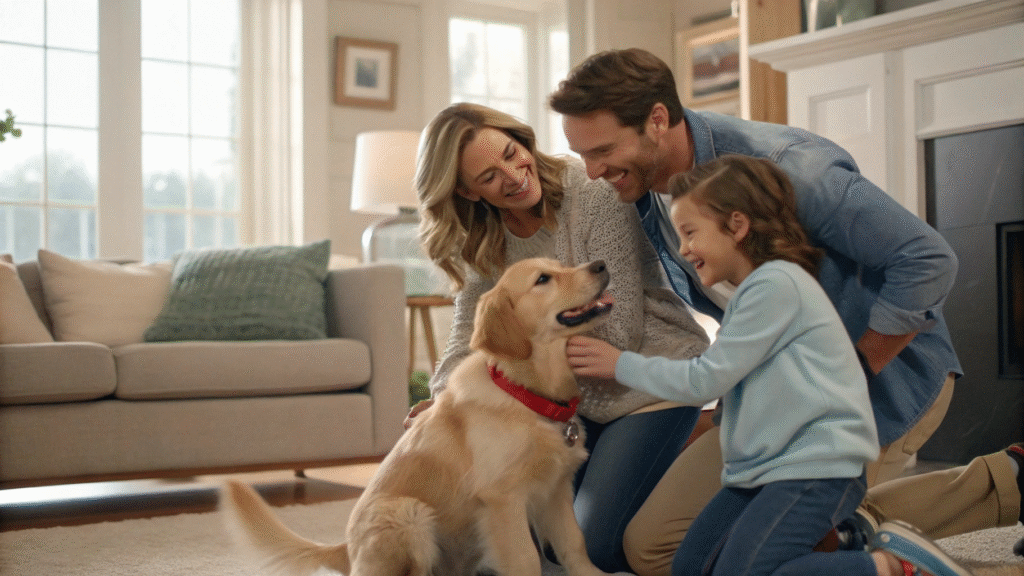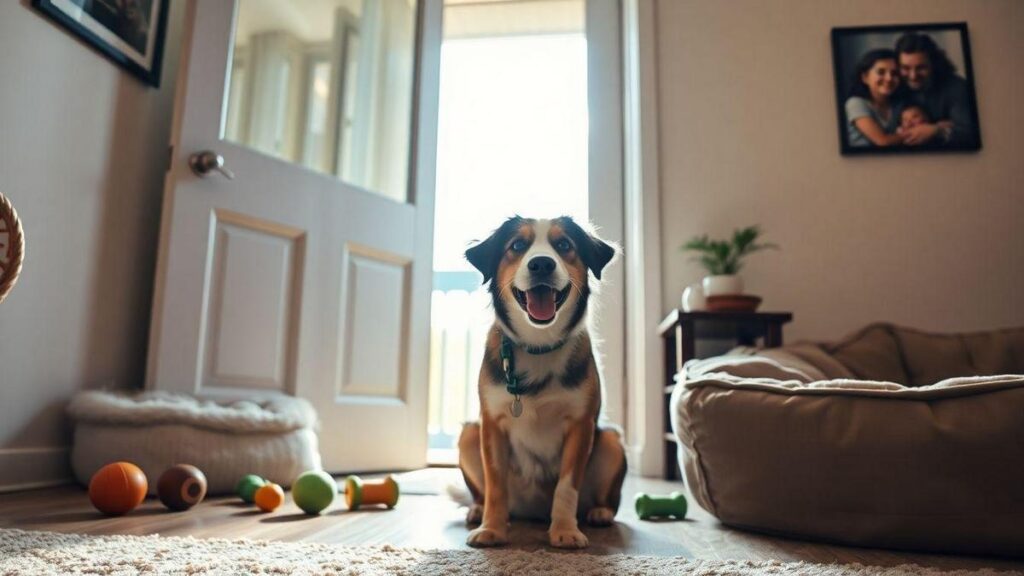7 Best Practices for Adopting a Dog are essential to know before bringing home your new furry friend. If you’re thinking about adding a dog to your life, there’s a lot to consider. You want the experience to be happy and smooth for both you and your pup.
From choosing the right dog to understanding their needs, this guide will help you every step of the way.
Get ready to learn and make some paw-sitive choices!
Important Points to Remember
- Choose the right dog for your lifestyle.
- Prepare your home for your new pet.
- Introduce your dog slowly to family and other pets.
- Set a consistent routine for feeding and walks.
- Be patient as your dog adjusts to its new home.

Summary
Why Adopting a Dog is a Big Deal
Adopting a dog is not just about bringing home a cute furry friend. It’s a commitment that can change your life in many ways. You’re welcoming a new family member who’ll rely on you for everything. From food and shelter to love and care, it’s a big responsibility.
Dogs bring joy, companionship, and even a bit of chaos into our lives. They can help reduce stress, encourage you to exercise, and even make you feel less lonely. But with all that joy comes the reality of caring for another living being. You’re not just adopting a pet; you’re adopting a lifestyle. So, it’s important to consider if you’re ready for this adventure.
7 Best Practices for Adopting a Dog: What You Need to Know
Alright, so you’ve decided to adopt a dog. Awesome! But before you jump in, let’s talk about some best practices for adopting a dog that can help you and your new buddy get off on the right paw.
- Do Your Research: Not all dogs are the same. Some are high-energy and need lots of exercise, while others are more laid-back. Look into different breeds and their temperaments. This way, you can find a dog that matches your lifestyle. For more insights, check out proven methods to find the perfect dog for adoption.
- Consider Adoption from Shelters: Shelters are full of loving dogs waiting for a forever home. Plus, by adopting, you’re giving a dog a second chance at life. It’s a win-win! For tips on making the process smoother, explore adoption hacks that simplify the process.
- Meet the Dog First: Before making a commitment, spend some time with the dog. Take them for a walk or play with them. This will give you a feel for their personality and energy level.
- Ask Questions: Don’t hesitate to ask the shelter staff about the dog’s history, behavior, and health. They can provide valuable insights that can help you make an informed decision. For a deeper understanding, consider reading what you need to know about dog adoption.
- Be Prepared for the Transition: Moving to a new home can be overwhelming for a dog. Make sure you have a quiet space set up for them and give them time to adjust. For more information on easing this transition, check out secrets for a smooth transition in adoption.
- Plan for the Future: Dogs can live for a decade or more. Think about your long-term plans. Are you ready for that kind of commitment?
- Get the Right Supplies: Before bringing your new dog home, make sure you have all the essentials. This includes food, water bowls, a bed, toys, and grooming supplies. For guidance on preparing your home, see easy ways to prepare your home for an adopted dog.
Choosing the Right Dog for Your Family
Choosing the right dog is crucial. You want to pick a pup that fits well with your family’s lifestyle and dynamics.
First, consider your activity level. If you love hiking and running, a high-energy dog might be perfect for you. But if you prefer cozy nights on the couch, a more relaxed breed might be a better fit. For more advice, check out the ultimate guide on how to successfully adopt a dog.
Next, think about the ages of your kids, if you have any. Some breeds are great with children, while others might be a bit too rambunctious or shy. Always look for a dog that matches your family’s energy and temperament.
Also, consider any allergies in the family. Some breeds are more hypoallergenic than others. If allergies are a concern, do your homework to find a breed that won’t trigger them.
Lastly, don’t forget about size. A Great Dane needs a lot more space than a Chihuahua. Make sure your living situation can accommodate the size of the dog you’re considering.

Preparing for a New Dog: Essential Steps
Once you’ve chosen your new furry friend, it’s time to prepare your home for their arrival.
First things first, dog-proof your space. Just like you’d baby-proof for a toddler, remove anything that might be harmful to your new pup. This includes toxic plants, small objects they could swallow, and anything they might chew on that could cause harm.
Next, set up a designated area for your dog. This could be a cozy bed in a quiet corner or a crate if you’re planning on crate training. Having a safe space will help them feel more secure in their new environment.
You’ll also want to stock up on supplies. Make sure you have food and water bowls, a comfortable bed, toys for playtime, and grooming tools. Don’t forget to get a collar and leash for walks!
Lastly, schedule a vet appointment as soon as possible. Regular check-ups are essential for your dog’s health. You’ll want to discuss vaccinations, spaying or neutering, and any other health concerns. For more on this topic, refer to first-year pet care expenses.
Understanding Dog Behavior Before You Adopt
Before you bring your new dog home, it’s important to understand a bit about dog behavior. Dogs communicate differently than we do, and knowing what they’re trying to tell you can make a big difference.
For instance, a wagging tail doesn’t always mean a dog is happy. It can also indicate excitement or even anxiety. Pay attention to their body language. If a dog is cowering or has their tail tucked, they might be scared.
Also, be aware of barking. While some barking is normal, excessive barking can indicate stress or boredom. Understanding these behaviors will help you respond appropriately and build a stronger bond with your new dog.
Socialization is another key aspect. Dogs need to interact with other dogs and people to develop good behavior. Gradually introduce your dog to new experiences and environments. This will help them feel more comfortable and confident in different situations.
Lastly, remember that every dog is unique. Just because a certain approach works for one dog doesn’t mean it will work for another. Be patient and willing to learn about your new friend’s individual quirks.
Dog Care Essentials: What Every New Owner Needs
Now that you have your new dog, let’s talk about the essentials of dog care.
First, nutrition is key. Make sure you’re feeding your dog high-quality food that meets their specific needs. Puppies, adult dogs, and senior dogs all have different dietary requirements. Don’t hesitate to consult your vet for recommendations, and check out how to choose the right kibble for your dog.
Next up is exercise. Every dog needs regular physical activity to stay healthy and happy. This could be walks, playtime in the yard, or trips to the dog park. Find activities that you both enjoy to keep it fun!
Grooming is also important. Depending on the breed, your dog may need regular brushing, bathing, and nail trimming. Establish a grooming routine early on to keep your dog looking and feeling their best.
Don’t forget about mental stimulation, too! Dogs need mental challenges to keep their minds sharp. Puzzle toys, training sessions, and interactive games can help keep them engaged. For more tips, see powerful methods to maximize your adopted dog’s happiness.
Lastly, regular vet visits are crucial. Just like us, dogs need check-ups to stay healthy. Vaccinations, dental care, and preventative treatments for fleas and ticks are all part of responsible dog ownership.
Dog Training Techniques to Help Your New Friend
Training is an essential part of dog ownership. It helps your dog understand what’s expected of them and strengthens your bond. For a comprehensive guide, refer to the ultimate guide on how to successfully adopt a dog.
Start with basic commands like sit, stay, and come. These commands are foundational and can help keep your dog safe. Use positive reinforcement – like treats and praise – to encourage good behavior.
Consistency is key. Make sure everyone in your household is on the same page with training. If one person allows the dog on the couch while another doesn’t, it can confuse your pup.
Socialization is also a huge part of training. Expose your dog to different people, places, and other dogs. This will help them become more adaptable and well-rounded.
If you’re struggling with training, don’t hesitate to reach out for help. There are plenty of resources, from books to online courses, and even professional trainers who can guide you.
Integrating a Dog into Your Home: Tips for Success
So, your new dog is home! Now what? Integrating them into your household can take some time, but with a few tips, you can make the process smoother.
First, give your dog space. Let them explore their new surroundings at their own pace. Don’t overwhelm them with too much attention right away.
Establish a routine. Dogs thrive on consistency. Regular feeding times, walks, and play sessions will help your dog feel more secure.
Keep an eye on interactions with family members, especially young kids. Teach them how to approach and interact with the dog gently. Supervise their playtime to ensure everyone stays safe and happy.
You might also want to set boundaries from the start. Decide where your dog is allowed to go in the house and stick to those rules. This will help prevent any confusion later on.
Lastly, be patient. It can take time for your dog to adjust to their new home. Celebrate small victories, and don’t get discouraged if things don’t go perfectly right away.
Dog Ownership Responsibilities: Are You Ready?
Before you dive into dog ownership, it’s important to reflect on whether you’re truly ready for the responsibility.
Owning a dog means making a long-term commitment. You’re taking on the responsibility for their care, happiness, and well-being. Think about your current lifestyle. Do you have the time and energy to devote to a dog?
Consider your living situation, too. Do you have enough space for a dog? Are pets allowed where you live? If you travel often or work long hours, you’ll need to consider how you’ll manage your dog’s needs during those times.
Financial responsibility is another factor. Dogs can be expensive. Between food, grooming, vet visits, and supplies, the costs can add up. Make sure you’re prepared for those expenses. For a detailed understanding of financial commitments, check out how to maximize financial peace with dog insurance.
Lastly, think about your emotional readiness. Dogs need love and attention. Are you ready to provide that? If you feel confident in your ability to meet these responsibilities, then you’re likely ready to welcome a dog into your life.

Conclusion
In a nutshell, adopting a dog is a life-changing decision that comes with its own set of challenges and rewards. By following the best practices for adopting a dog outlined, you set the stage for a harmonious relationship with your new furry friend.
Remember, it’s all about patience, preparation, and understanding your dog’s needs.
Embrace the journey and cherish the joy and companionship that a dog brings into your life. So, roll up your sleeves, dive into this adventure, and make those paw-sitive choices!
And hey, if you’re hungry for more tips and tricks, don’t hesitate to check out more articles at Tech Havela. Happy dog parenting! 🐾
Frequently Asked Questions
What should I consider before adopting a dog?
Think about your lifestyle. Do you have time for daily walks, playtime, and training?
How do I choose the right dog for me?
Look at size, energy level, and temperament. Match these traits with your lifestyle.
What are the 7 Best Practices for Adopting a Dog?
1. Research breeds.
2. Visit local shelters.
3. Meet the dog before adoption.
4. Prepare your home.
5. Get supplies ready.
6. Set a budget for care.
7. Commit to training.
What should I buy before bringing a dog home?
You need the basics: food, water bowls, a bed, toys, and a leash.
How do I introduce my new dog to my home?
Start slow. Let your dog explore. Show them where to eat and sleep.
How can I help my dog adjust to a new environment?
Be patient. Stick to a routine. Offer treats and praise for good behavior.
Should I take my dog to the vet after adoption?
Yes! A vet check is important. They will ensure your dog is healthy and up-to-date on vaccinations.
**Sidnir Vieira**
Founder of TechHavela
A passionate pet and tech content creator, helping dog owners across the U.S. make smarter decisions for their furry friends.



